
views
Service Know-How

Service the generator twice yearly. Even if you're not using the generator, it needs to be serviced. Select dates that fall outside possible severe weather such as heat spells, cold snaps, windy and stormy periods, etc. At least one person generally tells their customers to service their generators in the spring and fall times to keep it on a regular schedule (Rae Klepadlo). If you keep pushing off the maintenance, chances are your generator will not work when the time comes. An average service takes about an hour to complete, depending on what you find.

Create a generator maintenance record book. Keep this updated with the dates of service and any issues found and fixed.
Maintenance Checks
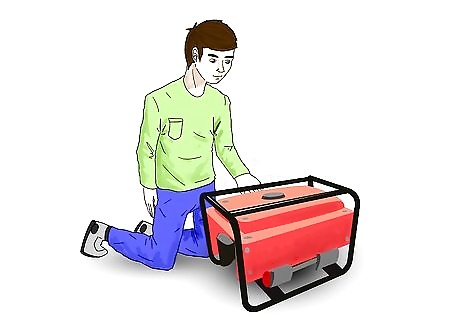
Start by checking the overall condition of the generator. Look for corroded elements, loose wires, stuck buttons, etc. Check for any loose connections and frayed wiring. Make sure the area around the generator is clean, and if the generator has sucked in any dirt or leaves make sure to clean out the area. Debris getting into an alternator is the #1 way of destroying a perfectly good generator!

Fix anything loose, stuck, or fraying. Seek professional advice if you're not sure what to do. It is best to be safe!
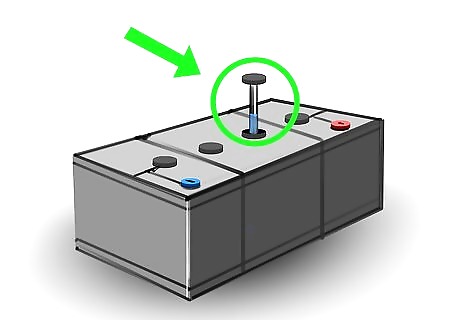
Check the distilled water in the battery; top up if needed. Also check the battery's voltage. It is generally best to replace your battery every 2-3 years.
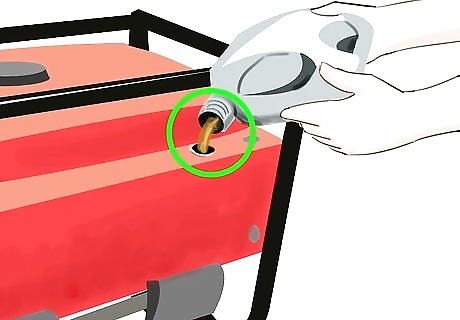
Change the lubricant oil and filters (super, by-pass, etc.) following the manufacturer's instructions. This doesn't need to be done every six months; rather this is an annual task whether or not the generator has been operated. Record the yearly change in the record book so that you are reminded each time when it is due. Make sure that the oil level is adequate and top up if needed. Air cooled machines should have their oil replaced every 30-40 hours of run time. Liquid cooled machines should have their oil replaced every 100 hours of run time. MAKE SURE TO USE SYNTHETIC OIL IN AIR COOLED MACHINES!
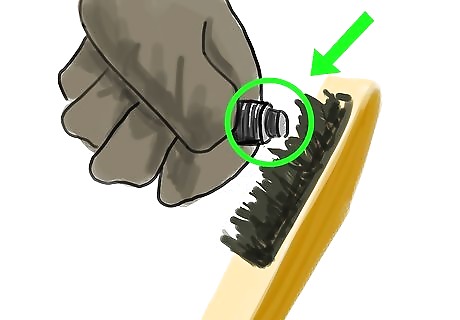
Clean the spark plugs. For the generally low cost of a spark plug, it is generally best to just replace spark plugs annually.
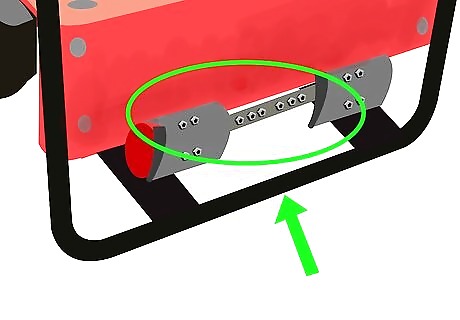
Check the bolts. Note that bolts on the generator will tend to loosen after reasonable usage; this is usual wear and tear caused by the vibrations. Check the gasket head and piston for solid condition; replace if worn or cracked.
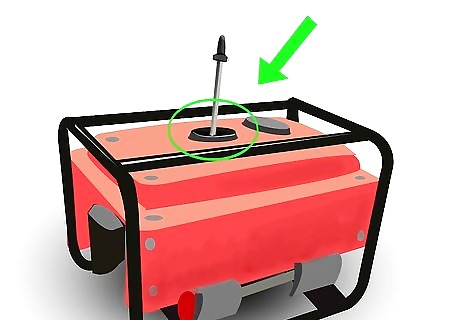
Check the fuel. Gasoline that is simply sitting in the generator loses its effectiveness after half a year when not used. You have several alternatives here: Bleed the fuel and replace it; dispose of properly Keep regularly used fuel for general farm/household use in fuel suitable containers and top up when needed Add fuel stabilizer available from gas stations or hardware stores; follow manufacturer's instructions If you are using a generator as a home standby solution, you should really consider a natural gas or liquid propane generator. These generators do not have any fuel maintenance, other than to make sure your LP tank has fuel in it.
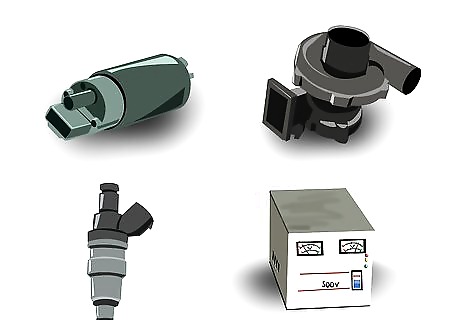
Check that the following items are properly calibrated annually or biannually, depending on usage patterns. It is best if a certified generator technician makes these checks: Fuel pumpMaintain a Generator Step 10Bullet1.jpg TurbochargerMaintain a Generator Step 10Bullet2.jpg InjectorsMaintain a Generator Step 10Bullet3.jpg Automatic voltage regulatorMaintain a Generator Step 10Bullet4.jpg

Start up the generator regularly. If a generator is not used on a regular basis, it is recommended that you fire it up at quarterly intervals to ensure that its workings run smoothly. At the very least, start it after each six monthly maintenance, twice. First check is to see that it is starting OK, second check is to ensure that it will keep starting OK. If you have a manual (portable) generator, you should keep it in a well-ventilated area clear of debris and any flammable or combustible materials. Do not keep it very close to vinyl siding. Generators get very hot and create hot gasses that contain carbon monoxide. Place them away from pets and livestock.
Storage
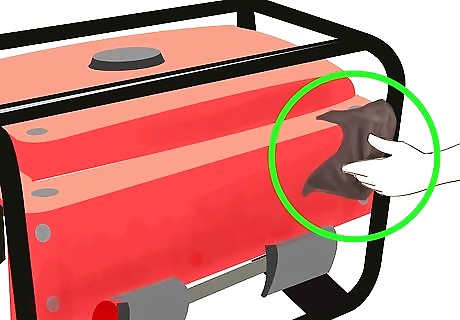
clean the generator after use. This means removing grease, mud, organic matter, fuel, etc. Use clean rags to clean it up each time, and a compressed air blower can help to clean out the ventilation fans.

If there are any signs of corrosion present, treat with an inhibitor product.

Store the generator properly. A generator should not be subjected to moisture or water. Keep it in a dry space covered against dust, mud, grime, etc.

















Comments
0 comment